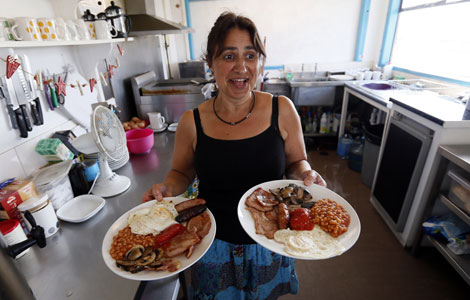Inside story - from factory to cultural hub
Updated: 2013-09-27 10:27
By Zhang Yuchen (China Daily)
|
|||||||||||
The concrete structures of the 798 Art Zone in northeastern Beijing stem from the North China Radio Equipment Joint Factory built with help from East Germany in the 1950s.
The radio factory was not the only one pushed out of the city when the capital began a dramatic transformation in the 1990s. Many large, empty workshops and warehouses were left behind, forming the original basis for the art zone.
In 2001-02, teachers and students from the sculpting department at the Central Academy of Arts were among the first artists to move into the former factory warehouses.
After American Robert Bernell moved his Timezone 8 art bookshop into a former factory cafeteria, attracted by the old factory's space, low rent and Bauhaus-influenced architectural style, more artists began to arrive and refurbished the venue with studios and galleries.
Most of the earliest arrivals selected the former Factory 798, inspiring the art zone's name. Early settlers in the zone, including Sui Jianguo and Hong Huang, had lived and studied overseas. With the international arts festival held in the first few years, the zone began to make headlines at home and abroad, but its popularity took off, domestically and internationally, with the arrival of foreign-funded galleries.
After 10 years of evolution, the zone is home to more than 500 art establishments from 26 foreign countries, including the United States, Italy, France and Belgium.
As the largest contemporary art zone in Asia, it has developed into a world-class venue for contemporary Chinese art. Along with the Great Wall and the Forbidden City, the zone can be found on almost every itinerary for foreign tourists. Its visitors include high-ranking political figures and celebrities from across the world.
The zone, which has been listed as one of the world's 22 best cultural landmarks by Time magazine, welcomes more than 3 million visitors annually, with 30 percent coming from overseas. Its prestige continues to increase in tandem with its commercial value. But as rents rise each year, many art institutions have been forced to move out.
With scores of high-end art businesses, fashion ventures and cafes setting up shop in recent years, the zone may be on the verge of becoming purely a commercial area.
|
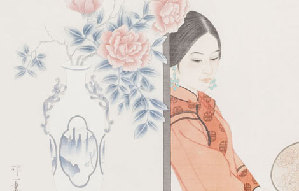 |
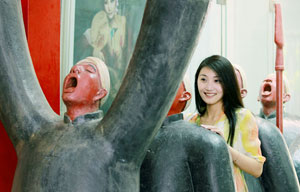 |
Related Stories
Art runs in his blood 2013-09-25 09:11
A tour through Beijing’s hutong and 798 Art Zone 2013-02-06 14:19
10 Years at 798 art zone 2012-10-15 13:51
Art beat in September 2013-09-04 15:14
PoHo offers art for culture vultures and global foodies 2013-04-01 10:00
Today's Top News
Russia to guard Syria chemical weapon destruction
Interpol issues arrest notice for 'white widow'
Vice-Premier urges more cooperation in Eurasia
Foreign suppliers dominate
Early fish ancestor found
Joining talks on trade in services
Courier reaches for the sky with drone
New legal era for Shanghai FTZ
Hot Topics
Lunar probe , China growth forecasts, Emission rules get tougher, China seen through 'colored lens', International board,
Editor's Picks
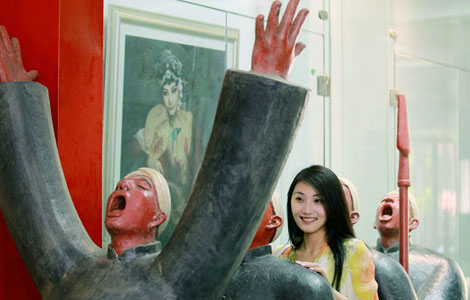
|

|

|
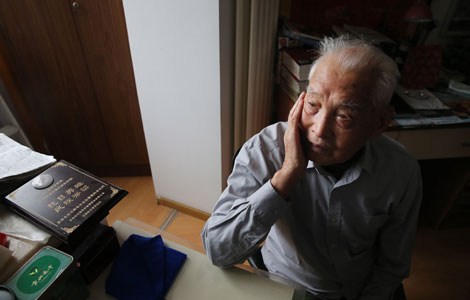
|

|
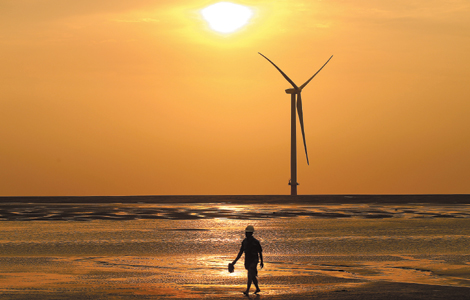
|


